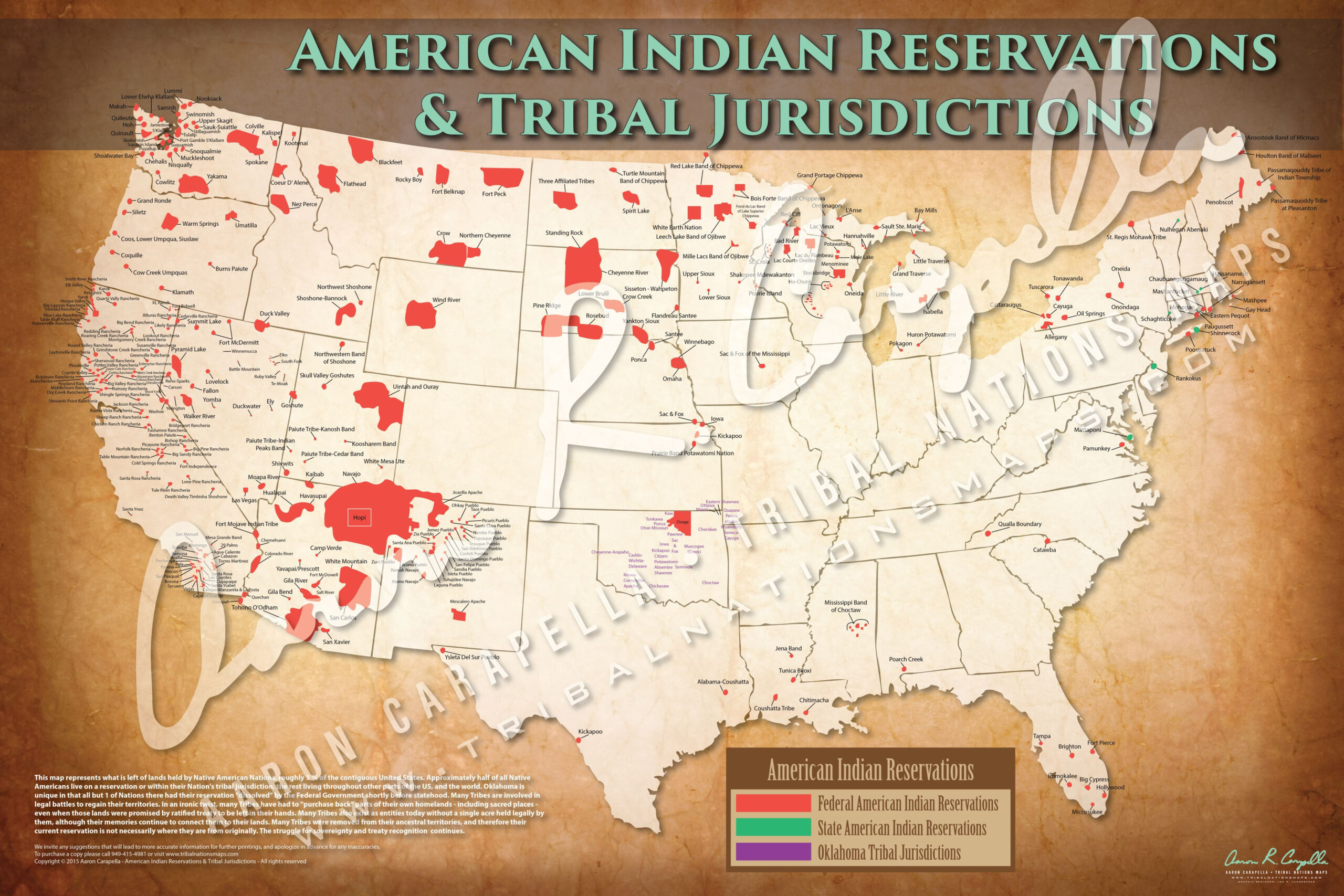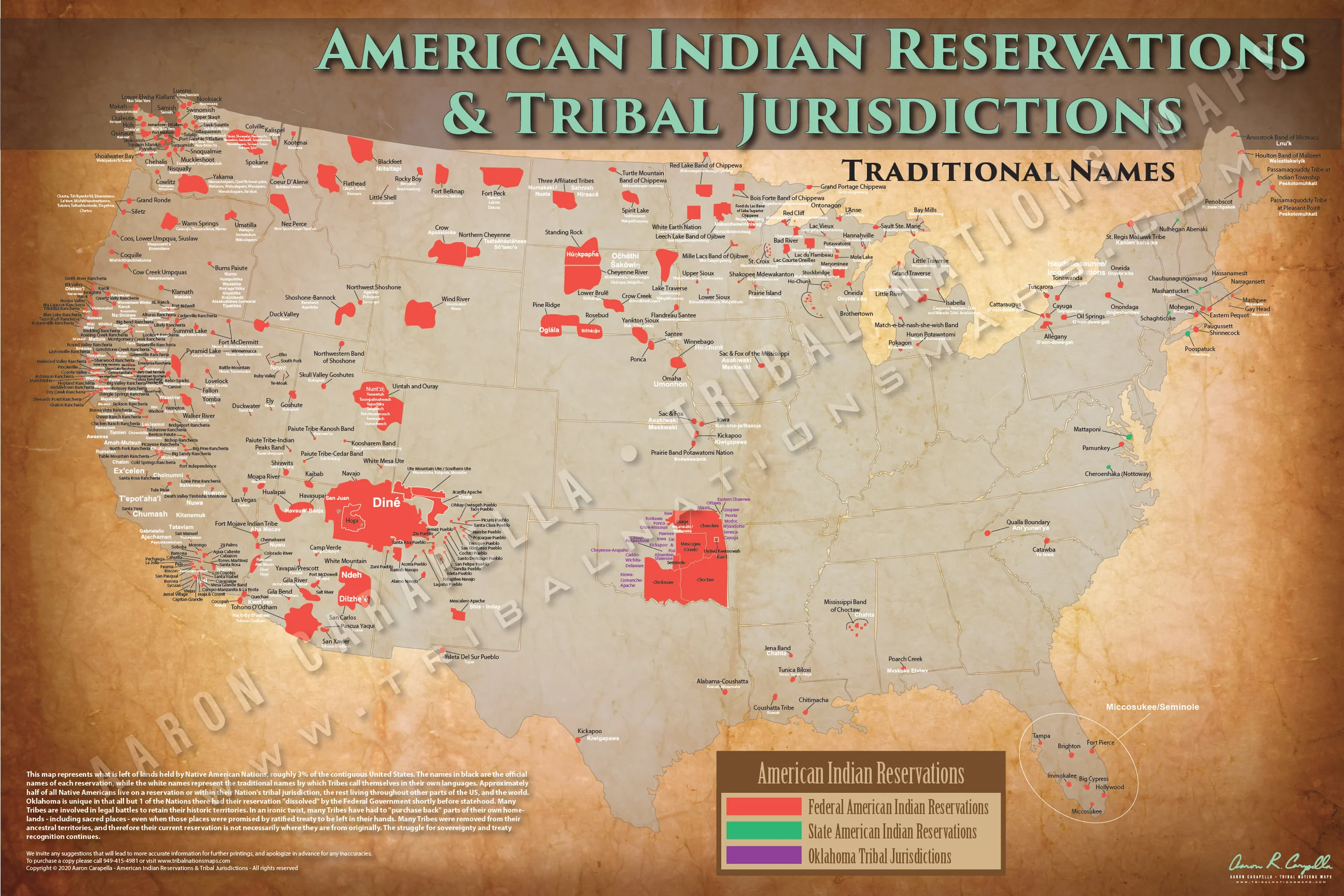California’s Hidden Worlds: Exploring the State’s Native American Reservations
California’s Hidden Worlds: Exploring the State’s Native American Reservations

California, a land of sun-drenched beaches, towering redwoods, and bustling cities, is also home to a rich and diverse Native American heritage. Scattered across the state are numerous reservations, each with its own unique history, culture, and traditions. But these vibrant communities often remain hidden from the general public, shrouded in a veil of mystery and misunderstanding.
This article aims to shine a light on these fascinating places, offering a glimpse into the lives of the Native American tribes who call California home. We’ll explore the history of these reservations, the challenges they face, and the vibrant cultures they preserve. We’ll also delve into the resources available for those interested in learning more about these communities and how to respectfully engage with them.
Related Articles: California’s Hidden Worlds: Exploring the State’s Native American Reservations
- Indian Reservations in Arizona: Unveiling Hidden Gems and Rich Traditions
- Unveiling the Enchanting Indian Reservation of Gallup, New Mexico: A Journey of Discovery
- Unveiling the Number of Indian Tribes in the U.S.: Discoveries and Insights
- Lights, Camera, Jackpot! Your Guide To Indian Casinos Near You
- California’s Hidden Treasures: Exploring The State’s Vibrant Indian Reservations
A Tapestry of Tribes and Histories
California is home to over 100 federally recognized tribes, each with a distinct language, cultural practices, and historical narrative. The state’s diverse geography, from the arid deserts of the south to the lush forests of the north, played a crucial role in shaping these diverse cultures.
For millennia, Native Californians thrived in their ancestral lands, developing intricate social structures, spiritual beliefs, and complex agricultural systems. They were skilled hunters, gatherers, and artisans, leaving behind a legacy of stunning art, music, and storytelling.
However, the arrival of European colonists in the 18th century brought devastating consequences for California’s Native Americans. Disease, forced displacement, and systematic oppression decimated their populations and disrupted their way of life. The California Gold Rush, starting in 1848, further intensified these hardships, as miners and settlers encroached upon Native lands, leading to violence and dispossession.
The Legacy of Reservations
In the wake of this devastation, the U.S. government implemented a policy of forced relocation and confinement onto reservations. These reservations were often located on marginal lands, far from traditional territories and lacking the resources necessary for self-sufficiency.
Despite these challenges, California’s Native American communities persevered, adapting to their new realities while preserving their cultural traditions. They established schools, healthcare systems, and economic enterprises, striving to maintain their identity and sovereignty in the face of ongoing discrimination and marginalization.
Navigating the Map: A Journey of Discovery

Exploring the map of California’s Native American reservations is akin to embarking on a journey through time and culture. Each reservation offers a unique window into the rich tapestry of Native Californian history.
Here are a few examples:
-
The Pechanga Reservation: Located in Southern California, Pechanga is home to the Pechanga Band of Luiseño Indians. Known for its stunning natural beauty and world-class casino, Pechanga also boasts a rich cultural heritage, evident in its traditional dances, ceremonies, and language revitalization efforts.

-
The Pala Band of Mission Indians Reservation: Nestled in the rolling hills of northern San Diego County, Pala is home to the Pala Band of Mission Indians, known for their traditional basket weaving and beadwork. The reservation also hosts a variety of cultural events, including powwows and traditional dances.

The Yurok Reservation: Located on the rugged northern coast of California, the Yurok Reservation is home to the Yurok Tribe, known for their deep connection to the land and their expertise in fishing, hunting, and gathering. The reservation is also a center for traditional art and storytelling, with its annual Yurok World Renewal Ceremony attracting visitors from around the world.
Understanding the Challenges
While California’s Native American reservations represent a testament to resilience and cultural preservation, they also face significant challenges. These include:
-
Economic Disparities: Many reservations struggle with high unemployment rates, poverty, and limited access to healthcare, education, and other essential services.
-
Environmental Degradation: The impact of climate change, pollution, and resource extraction often disproportionately affects Native communities, threatening their traditional ways of life.
-
Cultural Preservation: The erosion of traditional languages, customs, and knowledge systems poses a significant challenge to the cultural identity of Native communities.
Moving Forward: Respectful Engagement and Collaboration
To truly understand and appreciate the rich heritage of California’s Native American reservations, it’s crucial to engage with these communities in a respectful and responsible manner. Here are some tips for respectful engagement:
-
Educate Yourself: Learn about the history, culture, and current challenges faced by Native American communities in California.
-
Respect Tribal Sovereignty: Recognize that reservations are sovereign nations with their own laws and governance structures.
-
Support Native-Owned Businesses: Patronize businesses owned and operated by Native Americans, helping to strengthen their economies.
-
Attend Cultural Events: Show your support for Native American traditions by attending powwows, festivals, and other cultural events.
-
Be Aware of Cultural Sensitivity: Avoid using offensive language or stereotypes when interacting with Native Americans.
The Future of California’s Native American Reservations
The future of California’s Native American reservations lies in the hands of its people and the broader community. By fostering respectful dialogue, promoting economic development, and supporting cultural preservation efforts, we can work together to create a brighter future for these vibrant and resilient communities.
FAQ: California’s Native American Reservations
Q: How many Native American reservations are there in California?
A: California is home to over 100 federally recognized tribes, but the exact number of reservations varies depending on the source.
Q: How can I find a map of California’s Native American reservations?
A: Several online resources offer maps of California’s Native American reservations, including the California Native American Heritage Commission website and the National Congress of American Indians website.
Q: How can I visit a Native American reservation in California?
A: Many reservations welcome visitors, but it’s important to contact the tribe directly to inquire about visitation policies and protocols.
Q: What are some ways I can support Native American communities in California?
A: You can support Native American communities by patronizing Native-owned businesses, attending cultural events, donating to Native organizations, and advocating for policies that promote tribal sovereignty and economic development.
Q: How can I learn more about the history and culture of California’s Native American tribes?
A: Numerous resources are available to learn about California’s Native American history and culture, including books, museums, websites, and tribal cultural centers.
Conclusion
California’s Native American reservations are more than just geographical locations; they are vibrant centers of culture, resilience, and hope. By understanding their history, acknowledging their challenges, and fostering respectful engagement, we can contribute to a future where these communities thrive and their voices are heard. Let us embark on this journey of discovery, learning from the wisdom and strength of California’s Native American tribes and celebrating the rich tapestry of their heritage.

Closure
Thus, we hope this article has provided valuable insights into California’s Hidden Worlds: Exploring the State’s Native American Reservations. We hope you find this article informative and beneficial. See you in our next article!